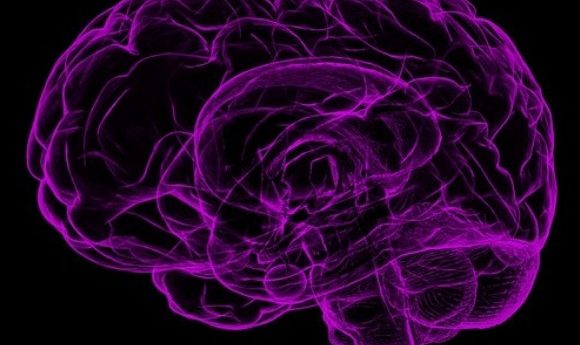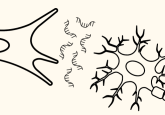Researchers create full gene-replacement model expressing key Alzheimer’s gene

A murine model that expresses the human version of an Alzheimer’s-associated gene could provide a vital insight into the disease.
Researchers at the University of Minnesota (MN, USA) have developed a gene-replacement technology that allows the human ortholog of a gene to replace the mouse version in murine models. The work was presented at the Annual Meeting of the American Society of Human Genetics (Houston, TX, USA, 15-19 October) and has the potential to help researchers understand genetic interactions involved in disease as well as develop treatments.
Animal models are commonly utilized to study genetic impacts on disease; however, this is usually carried out by examining the animal ortholog of the desired human gene. This approach has drawbacks, as the genetic interactions in animals are not exact replications of the same process occurring in humans. Researchers are forced to make assumptions and utilize a trial and error approach when analyzing data from animal models.
In the presented work, the team utilized their gene-replacement technology in the hope of creating animal models that could demonstrate more accurately the genetics of human disease.
The team focused on the MAPT gene, which is associated with the protein tau and is known to increase the risk of Alzheimer’s disease; however, the mechanism by which this happens is not well understood. The full human MAPT genomic sequence, including the regulatory regions, was inserted into the mouse genome at the exact genomic location that is specifically adapted to express tau. The MAPT gene functioned exactly how it would in humans.
- Sex matters for Alzheimer’s risk
- Alzheimer’s associated gene involved in synaptic transmission
- Genetic cause of schizophrenia unveiled
It was then demonstrated that the mouse models engineered utilizing the gene-replacement technology did not express any endogenous tau, which would muddle the analysis. The ability to study animal models, which solely express human MAPT, is integral for understanding the role it plays in Alzheimer’s disease.
Michael Koob, who presented the research, explained, “we will be able to better explain how MAPT would function in humans, learn how it contributes to the symptoms and progression of Alzheimer’s disease and do some early testing of the potential efficacy of genetic therapies.”
The team now plan to create models that express the multiple human genes that have been implicated in Alzheimer’s in order to understand the interactions between them. The technology has also been utilized to create models to study other diseases, such as spinocerebellar ataxia and Fuchs endothelial corneal dystrophy, in order to develop genetic therapies.





